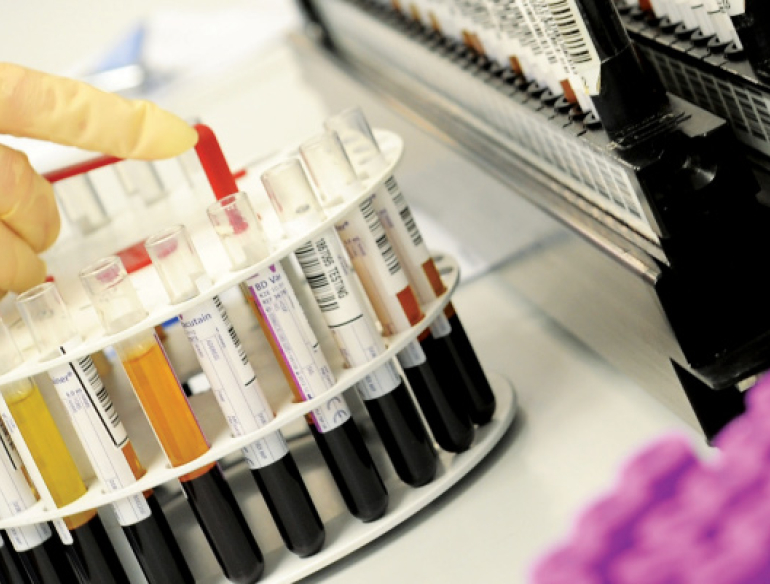- Over the ten‑year period 2007–2016, there were approximately 12.9 million blood donations in Australia with an average of 1.2 million donations per year. Over the past ten years, 2007–2016, there has been no significant change in the total number of donations. Total blood donations in 2016 increased by nearly 2% (representing 25,131 more donations) compared to 2015.
- In 2016, a total of 156 blood donors were detected as having a TTI for which screening is in place, namely, hepatitis B virus (HBV), hepatitis C virus (HCV), human immunodeficiency virus (HIV), human T‑cell lymphotropic virus (HTLV), or active syphilis. In the ten‑year period 2007–2016 a total of 2,113 TTI‑positive donors were detected. In 2016, no donor was infected by more than one TTI.
- There were 76 HBV infections detected among all donations in 2016 (62 in first‑time donors and 14 in repeat donors).
- There were 60 HCV infections detected among all donors in 2016 (46 in first‑time donors and 14 in repeat donors). The proportion of HCV RNA positive (potentially infectious) donors was 45%, a figure that has incrementally declined from around 75% when HCV RNA donation testing was introduced in 2000.
- There were three HIV infections detected among all donations in 2016 (one first‑time and two repeat donors).
This report is jointly produced by the Australian Red Cross Blood Service (Blood Service) and the Kirby Institute via the Surveillance, Evaluation and Research Program, which is responsible for monitoring the pattern of transmission of HIV, viral hepatitis, and specific sexually transmissible infections in Australia. This is the seventh report that summarises donation testing data, and incidence and prevalence trends for transfusion‑transmissible infections (TTIs) among Australian blood donors. While it is an important Blood Service resource, it is also intended to be a reference document for organisations and individuals interested in the occurrence of transfusion‑transmissible infections in Australia and the effectiveness of the Blood Service’s infectious disease blood safety strategy. The data in the report is current at the time of publication and all efforts have been undertaken to confirm its accuracy, however subsequent data updates may occur and users must consider this.

